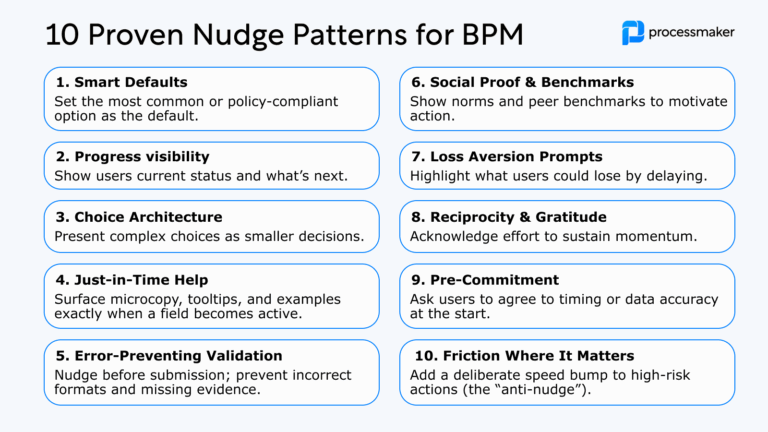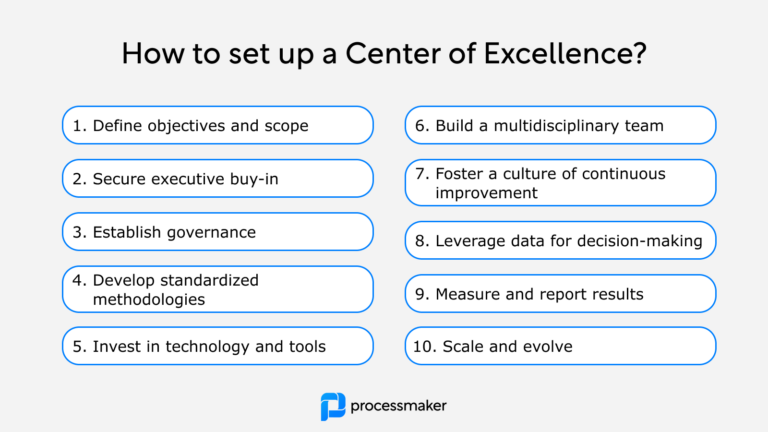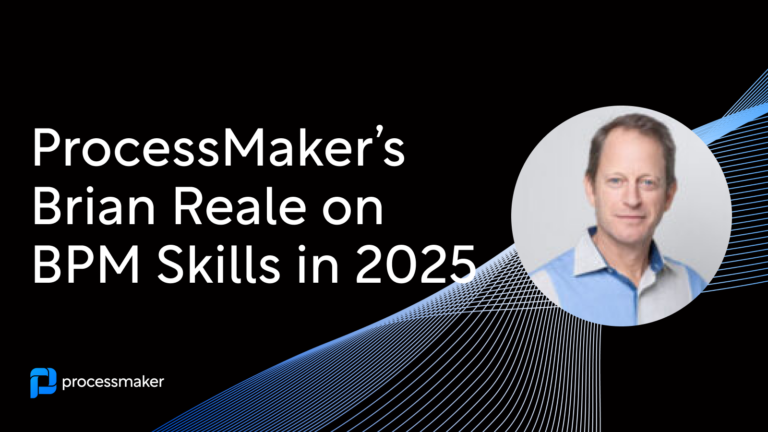2019 will bring with it some major changes to the BPM industry. I will venture to say that 2019 will be the most transformative and disruptive year that the BPM Industry has seen in the past decade. I know that is a big statement, but there are a number of currents in the industry that have now taken us to a tipping point and should cause definitive industry shifts. First, let’s look at the major currents affecting the industry:
Robotic Process Automation (RPA)
This is the 800-pound gorilla in the room. With companies like UIPath having raised more than $400 million and Automation Anywhere nabbing $300 million from Masa Son, the stakes are big. The BPMs vendors all seem to be trying to figure out how to dance effectively with RPA. And, it literally is a dance. Most BPM Vendors have published blogs showing how you can wrap BPM around the execution of bots thus positioning BPM as the higher-level process orchestration engine. This, of course, makes a lot of sense. A standard service task in a BPM diagram initiates a bot with a standard connector and then waits for the bot to call back to the API of the BPMs to keep the process moving along. In this scenario, the BPMs serves the purpose of the overall orchestration engine and integrator of human decision making. But does BPM offer enough value here? Maybe.
Machine Learning (ML)
No doubt that the AI we are all watching on Netflix is still a good few decades away. However, the ML required to eliminate lots of clunky OCR driven business processes and help forms morph into friendly chatbots is already here. This will cause a very large percentage of business processes to get reworked and reconfigured. The off-shoot of this is that customer experience will change and get much better. Some BPM vendors will focus on the customer experience messaging while others drive their message around ML/AI. Either way, there is a lot of value that is going to be delivered here. Unfortunately, there will also be lots of jobs eliminated as well.
Zero/Low Code Delivery
Zero code delivery has gotten very good in the past year. Of course, nothing is zero code. What most clients don’t realize at first is that if a No Code BPM suite needs to deliver a new component, the developer is still coding that component. However, the component is then delivered to the business analyst who can use it with no code as a new feature or component inside the suite’s visual interface. To avoid creating so much confusion, No Code really should be called “Zero Code delivery”.
Regardless, the point is that to survive moving forward, BPM and HpaPaaS vendors (to use the Gartner MQ term) will need to have elegant zero code delivery. About 70% of the current BPM vendors are suffering either because 1) they have older technology which uses proprietary scripting languages and has not been able to take advantage of new standards, 2) have clunky, poorly designed interfaces, or 3) are simply incapable of Zero Code because of a monolithic code base that is 10 years old. In other words, there is a rather large accumulated technical debt across the 70+ BPM vendors. Most will not have the stamina or the capital to invest in the next generation of products that the marketplace is now demanding. While those that survive will thrive. Now that we have looked at what I consider to be the main undercurrents carrying us into 2019, let’s look at some predictions.
BPM Predictions
- Consolidation – There will be greater than average consolidation among existing BPM vendors. Many vendors will be forced to exit because they did not make the investment in their suites during the past 2 years. Catching up at this point will seem futile, so they will look to merge or exit out of desperation.
- RPA will eat more heavily into BPM revenues – RPA is very disruptive. Some BPMs vendors will find they can make more money by converting themselves into RPA resellers to survive.
- BPM as a Feature on the Rise – We will once again see a big boost to OEM BPM engines. The fact is that seamlessly and elegantly integrating human decision making into the world of automated workflow is still in big demand. There will be many more types of technologies that want to add this capability. They will want to add it fast and via elegant, well-designed code.
- Death of the Waves and Quadrants – 2019 will be the beginning of the end of the rather outdated concepts of MQs and Waves. Customers are looking for vendors to sell them solutions to problems. They no longer want to spend millions of dollars on licenses to old school monolithic software suites. The upper right-hand corner of the quadrant is becoming synonymous with solutions that are “old-school, outdated, and monolithic.” Customers want to have vendors that assemble solutions based on best of breed microservice solutions. Customers want to pay based on units of value that are more closely tied to outcomes than the standard software license. As a result, the system integrator will become more powerful, and the SI will favor nimble, modern, and decoupled approaches rather than implementing outdated and monolithic solutions.
Robotic Process Automation (RPA), Machine Learning (ML) & Artificial Intelligence (AI), and Low-Code are just a few of the mounting waves that will shape how 2019 turns out in the BPM space. Whether these technologies are being applied to BPM, complimenting BPM, or competing with BPM, the result will be disruptive nonetheless. 2019 is shaping up to be a market-defining year for BPM.





